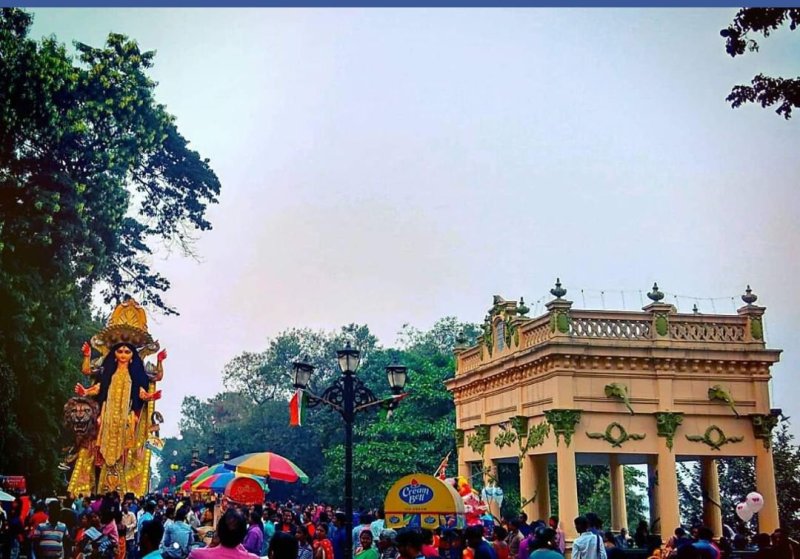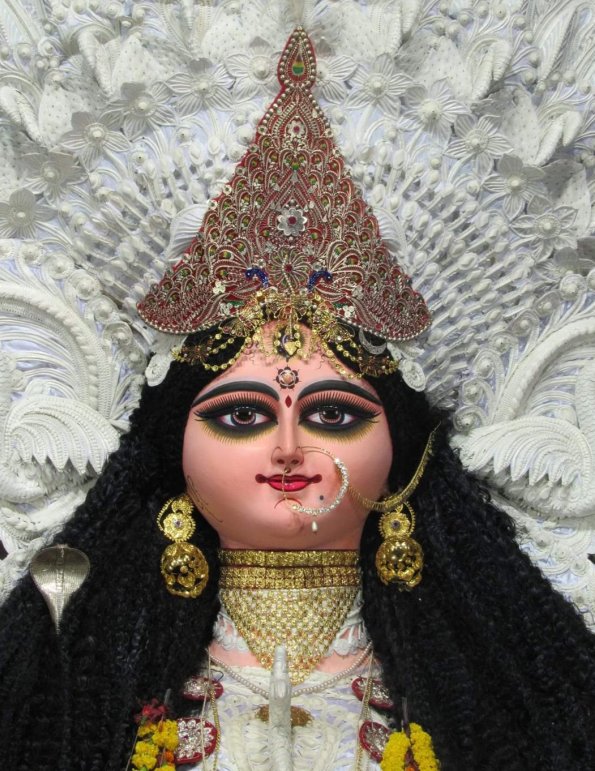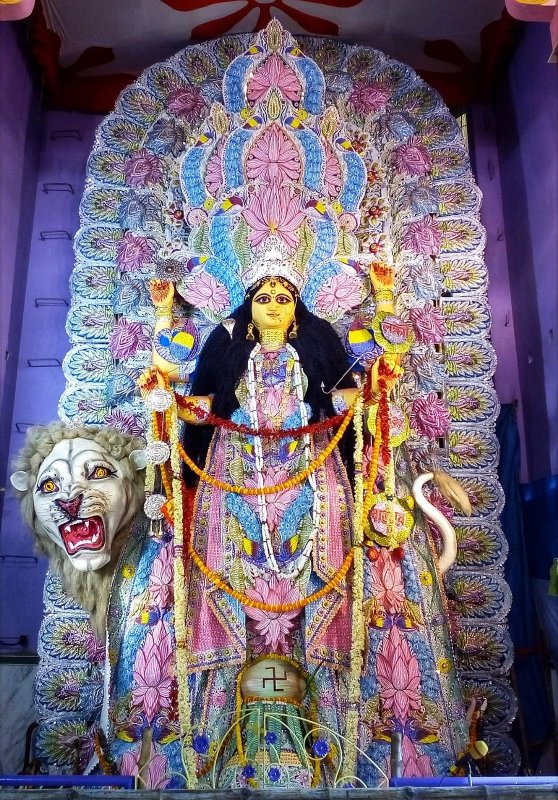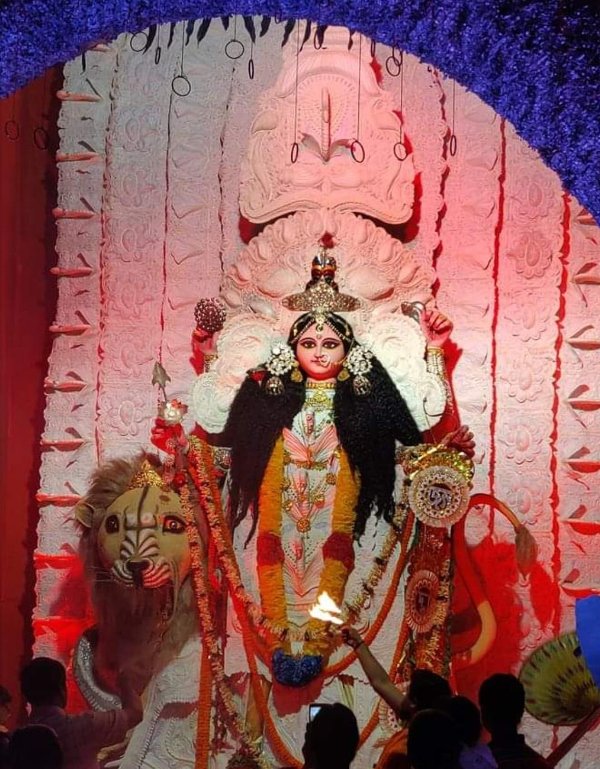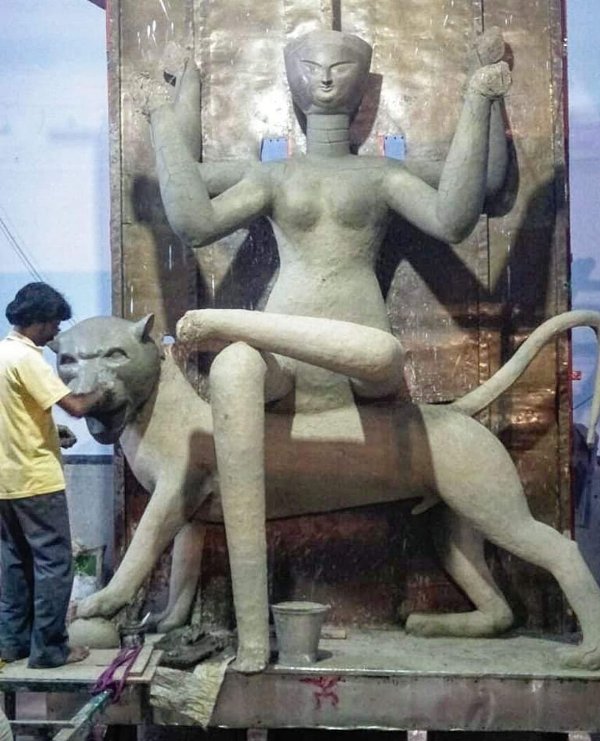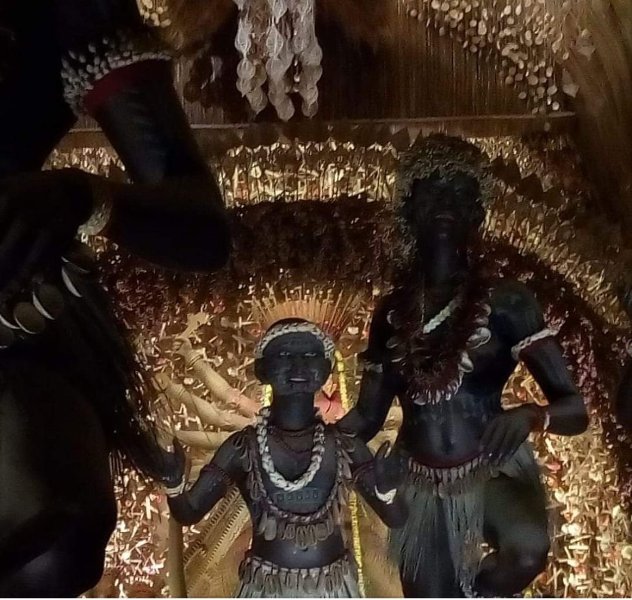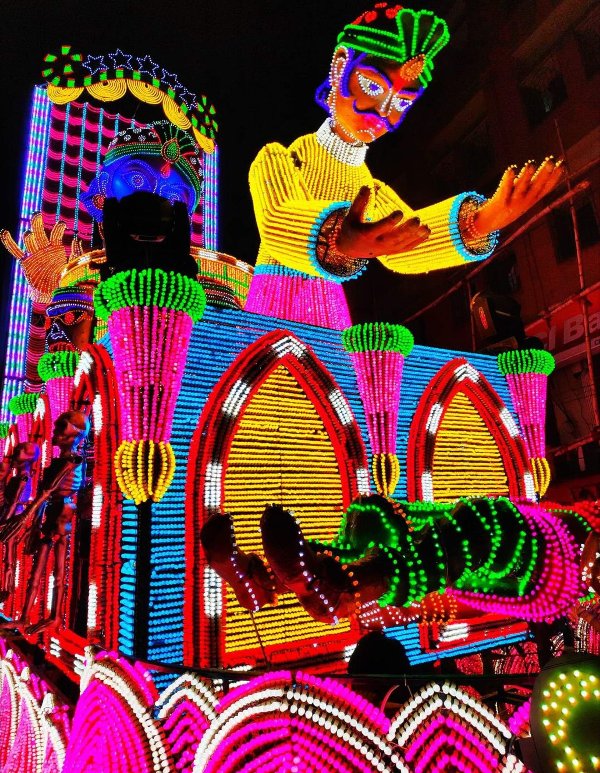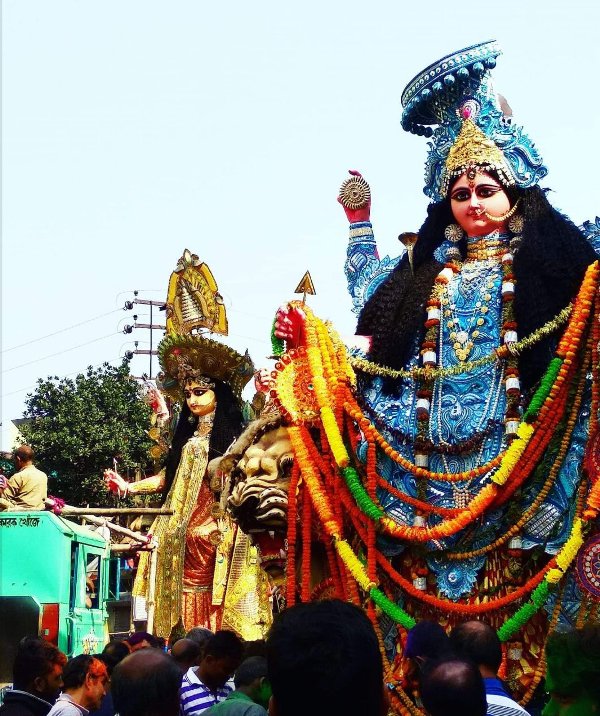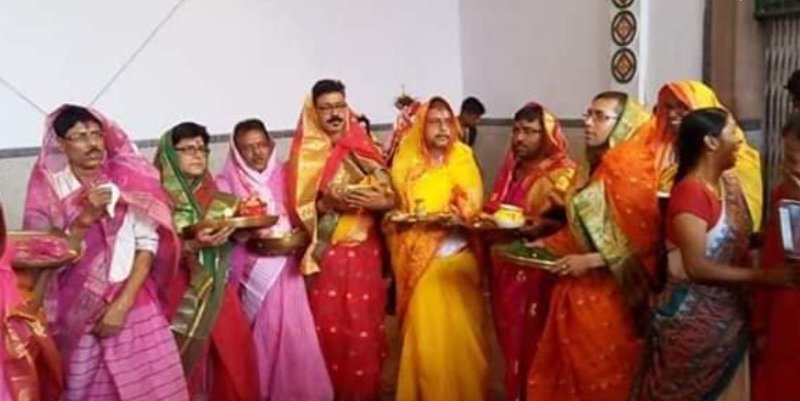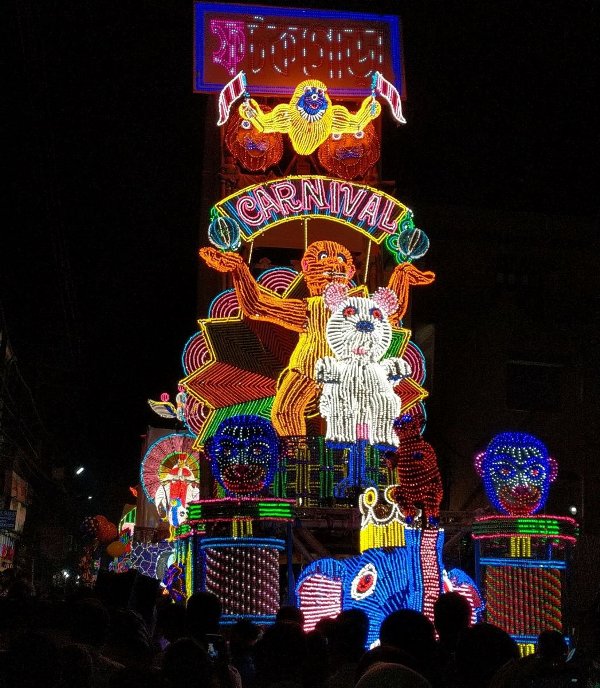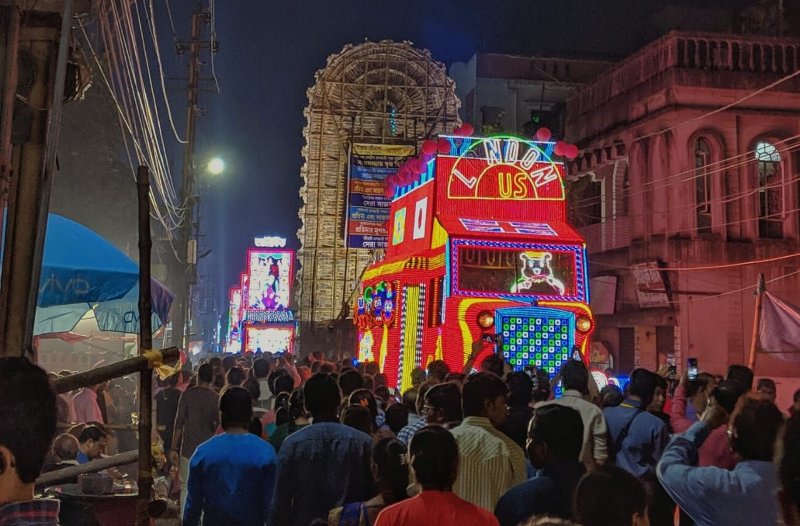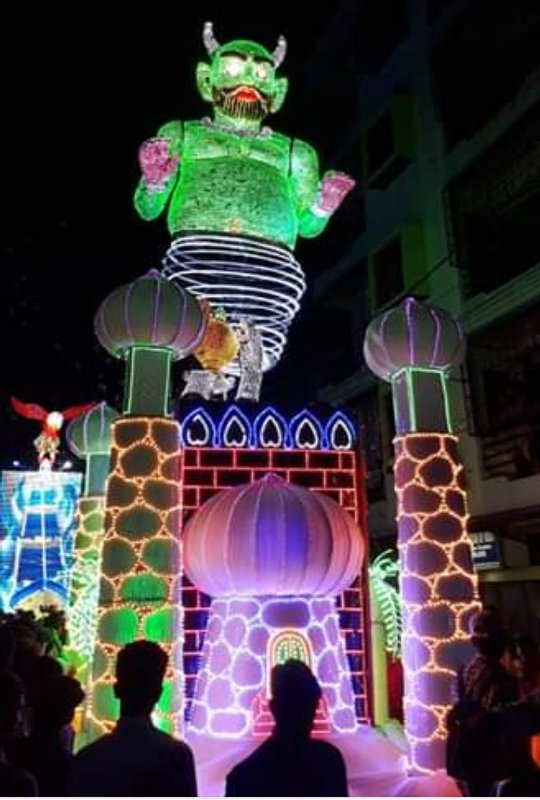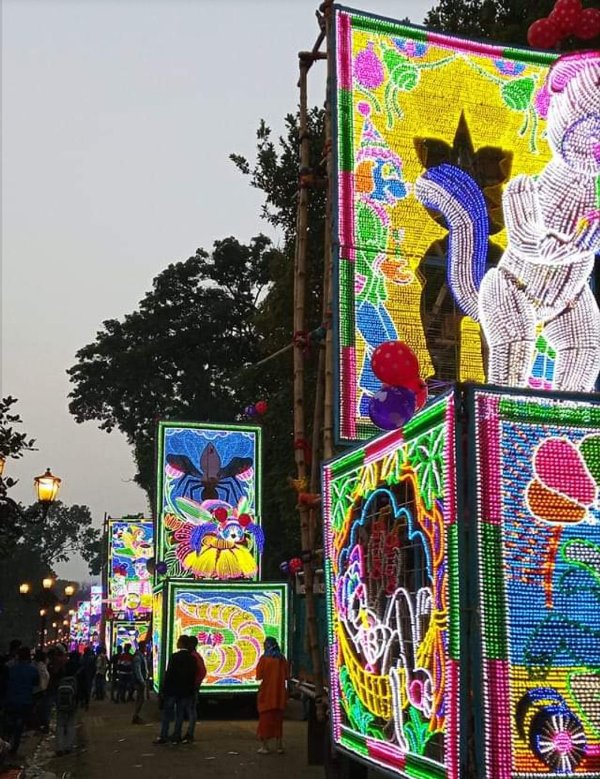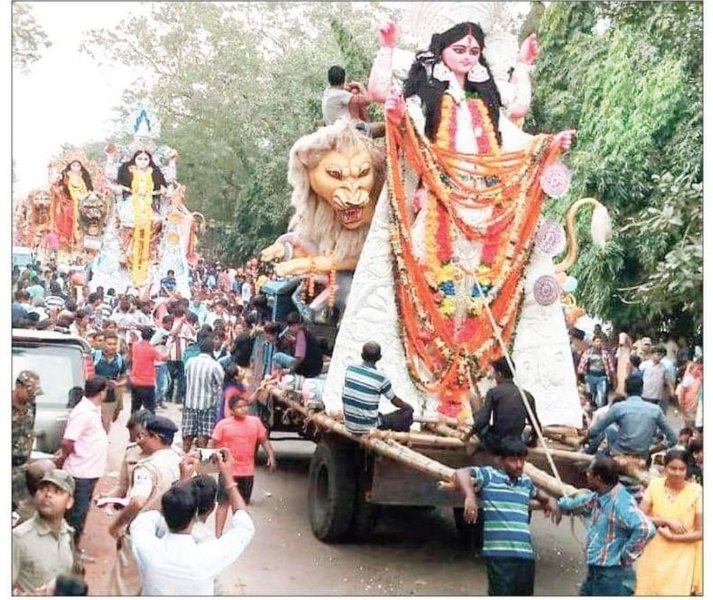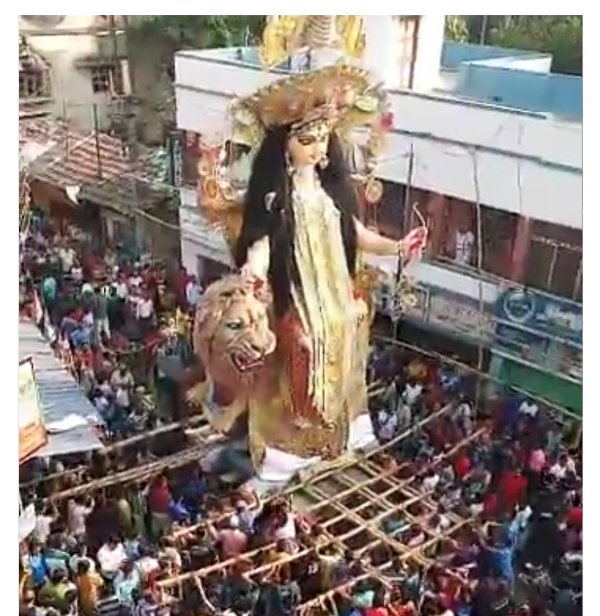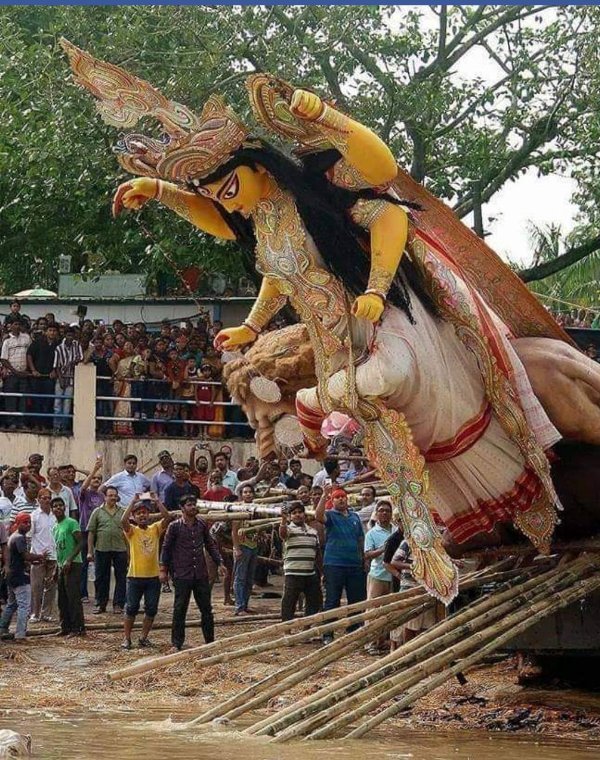By : Barnali Bose, Editor-ICN Group
“In twelve calendar months, Bengalis celebrate thirteen festivals”, is an adage, one often hears being quoted in Bengal and perhaps rightly so.
In actual fact, it is, I think, rather an understatement, as not only does one festival follow another in the state, but festivals sometimes overlap one another.
To endorse this observation of mine, I would like to mention that the dates of Jagadhatri Puja and Kartik Puja often coincide with each other. This year Kartik Puja was held on November 17, the holy day of Jagadhatri Puja’s ‘Navami’.
Goddess Jagadhatri, ‘ The Protector Of The World ’
When the grand Autumn festivities have bidden adieu to the rest of Bengal,Chandannagar in Hooghly district (also known as Chandernagore), begins to adorn herself for the arrival of Mother Jagadhatri.
Goddess Jagadhatri, meaning ‘The Protector of the World’ is another form of Goddess Durga ‘ The Destroyer of Evil ’. The festival commences exactly a month fromthat of Durga Puja.
Although the puja is held in a few other places too in West Bengal, in Chandannagar, it is a festival par excellence and an inimitable one, in its traditional magnificence.
Not only that, it is only in Chandannagar that it is a five-day festivalwhereas in other places it is celebrated only on ‘Navami’.
The Origin Of Jagadhatri Puja
In Bengal, some say that Maharaja Krishna Chandra of Nadia was the heralder of Jagadhatri Puja in Krishnanagar.
Others opine that Jagadhatri Puja was earlier performed by a localzamindar of Chandannagar, Sri Indranarayan Roy Choudhury.
Jagadhatri Puja is a major socio-cultural event in this region. The beginningof Jagadhatri puja in Chandannagar probably dates earlier than 1750.
The Goddess In Her Majestic form
The three-eyed, four-armed Goddess is depicted as being the colour of the morning sun. She is seen riding a lion standing on the dead ‘Karindrasura”, the Elephant Demon and holding a conch, a chakra, a bow and an arrow in
her hands.The ‘nagajangopaveeta’, the snake is her sacred thread.
The uniqueness of the Jagadhatri idol of Chandannagar lies in her gigantic size,sometimes no less that 40 feet high, her serene countenance and glittering ornamental magnificence.
The shaping of the idol, is in itself, a unique activity. Idol makers embark upon the herculean task, at least a month ahead of the puja. Idols are moulded on the pedestal that is installed in the pandal . This is because the huge
size of the idols makes it nearly impossible for transit.
Replicas of temples and other monuments are used to design the pandals
with great finesse. Pictorial potrayals from the epics, mythological characters and recent significant events studded with ornamental lights are exhibited as part of the decorations .
Months before the festival, electrical designers plan and execute layouts of intricate luminary displays.
The Change
A radical transformation marks Jagadhatri Puja today. Earlier all the idols used to look similar being decked in golden and white. Now a dash of colours is used.
With the commercialisation of festivals, there is a cut-throat competition to acquire sponsorships and achieve accolades.
With the advent of theme-based pujas, there has been a major paradigm shift, a very clear drifting away from tradition.
A few puja committees have however strictly been adhering to traditions since its inception.
As seen in the photograph above, a particular puja committee has sari-clad men performing the ‘arati’ ever since the first puja was performed here.Women then were not free to cross the boundaries of social
inhibitions, hence the ritual was conducted by men. The ritual continues even today though no such social restrictions exist.
The Quintessential Dashami Procession
The final culmination of the Jagadhatri Puja is the Immersion procession that is indubitably, mesmerizing and worth experiencing.
The beautifully decorated majestic idols along with thematic lighting are taken along the Grand Trunk Road in a seemingly never-ending procession commencing on Dashami evening and winding up on Ekadashi morning.
Bands of musicians and troupes of dancers add to the beauty of the show.
Three-dimensional lighting coupled with music creates an effect that is unsurpassably exquisite and unique to the Jagadhatri puja of Chandannagar.
The night-long procession concludes with the immersion of idols of the Goddess on Ekadashi morning.
Farewell To The Loving Mother
Devotees, patiently throng on the banks of river Hooghly to get a final glimpse of Mother Goddess as she departs to her heavenly abode.
Tears stream down as the mother is immersed in the Ganga amidst the thundering sounds of the drum beats and blowing of the conch shells.The ritual being over, women engage in ‘sindoor-khela’, hugging one another with the greeting, “Subho Bijoya”.
Parting is painful and always so. But parting with the promise to return again is a silver lining in the dark cloud of gloom that enwraps the people of Chandannagar.
To Be Continued…..

